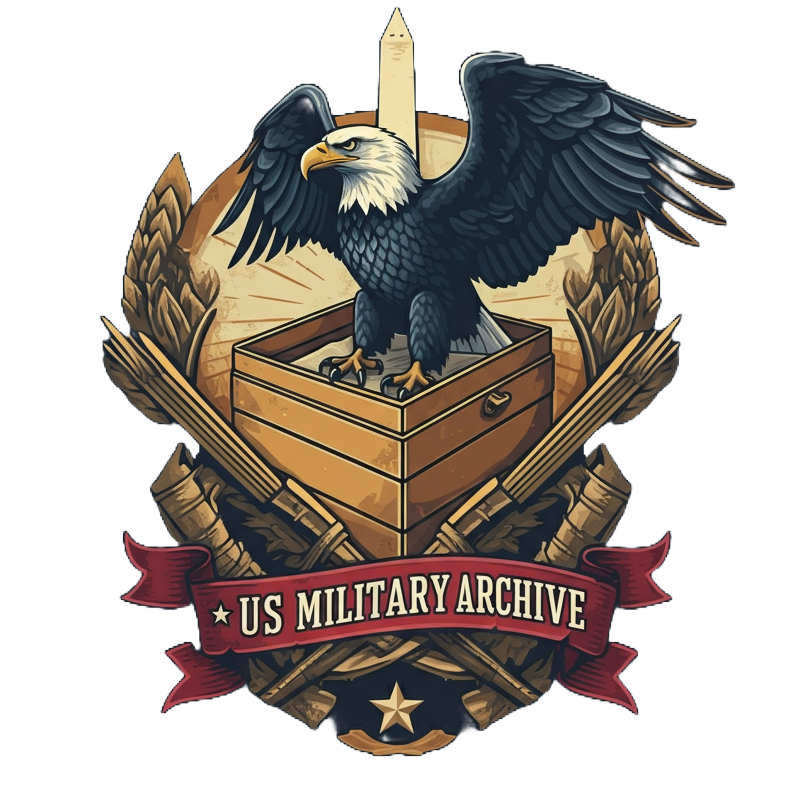Article Text
The Sinews of War: Logistical Complexities and Solutions of the Civil War-Era National Guard
Introduction:
The American Civil War (1861-1865) significantly impacted military logistics due to advancements in technology, communication, and organizational structures. The National Guard, vital to the Union's military strength, faced unprecedented logistical challenges. This article explores these complexities, the solutions employed, and the training required to manage the intricate logistical network, emphasizing the nascent concepts of information warfare and their role in shaping logistical planning and execution.
The Logistical Landscape of the Civil War:
The Civil War's scale, involving vast armies spread across a geographically diverse theater, demanded efficient systems for supplying troops. Traditional methods proved inadequate, necessitating innovations in transportation, supply chain management, and communication.
Training for Logistical Operations within the National Guard:
- Supply Line Management: Dispersed National Guard units required specialized training to establish and maintain efficient supply lines. This involved instruction in warehousing, inventory control, and transportation coordination. Officers and quartermasters learned to calculate supply needs based on troop strength, campaign duration, and potential losses, a nascent form of logistical planning crucial for preventing shortages.
- Technological Adaptation: The Civil War saw increased use of railroads and telegraphs in warfare. National Guard personnel received training on utilizing these technologies for logistical purposes. Railroad operation and maintenance enabled rapid transport of supplies, while telegraph operation facilitated swift communication, enabling real-time updates on supply needs and troop movements. These advancements revolutionized logistical operations, enhancing speed and efficiency.
- Quartermaster Training: Quartermasters' roles became increasingly specialized and critical. Training included instruction in procurement, storage, and distribution of supplies, as well as financial management and the legal aspects of military procurement, ensuring adherence to regulations and preventing fraud. This specialized training elevated the quartermaster corps to a vital position within the logistical machinery.
Military Spending and Budgetary Pressures:
Funding significantly impacted the National Guard's logistical capabilities. Budgetary constraints often limited resources, affecting supplies, transportation, and personnel training. Balancing wartime demands with limited finances posed a constant challenge for logistical planners, and resource allocation decisions had direct consequences for logistical support effectiveness.
Information Warfare in its Infancy:
The Civil War era witnessed early information warfare. Intelligence gathering and communication shaped logistical planning. Spies and scouts gathered information on enemy movements and supply lines, providing valuable insights. The telegraph facilitated rapid intelligence dissemination, enabling timely adjustments to logistical operations. These early applications demonstrated the growing importance of information dominance.
The National Guard's Evolving Role:
The National Guard's role evolved significantly due to the logistical demands of the Civil War. Initially envisioned as a state-based militia, the Guard became integral to the Union's war effort, necessitating greater standardization and integration into the broader military structure. This shift required adjustments in training, organization, and logistical practices to ensure interoperability with regular army units.
The Impact of Doctrine and Training:
Existing logistical doctrines often proved inadequate for the Civil War's challenges. The need for adaptable systems led to the development of new doctrines emphasizing flexibility, responsiveness, and integration of emerging technologies. Training programs evolved to reflect these changes, incorporating lessons learned from operational experience. This iterative process of doctrinal development and training refinement laid the groundwork for modern military logistics.
Conclusion:
The logistical challenges faced by the National Guard during the Civil War were immense, driving innovation and specialized training in supply line management, technological adaptation, and quartermaster duties. The emergence of information warfare principles underscored the vital role of intelligence and communication. The Guard's experiences shaped logistical doctrine and practice, influencing military operations for generations to come and highlighting the enduring importance of efficient and adaptable logistical systems.
Files
There are no files available.

